- Preparation for Growing Cabbage: Soil, Nutrients, and Fertilization
- 1. Soil Testing
- 2. Soil Amendments
- 3. Fertilization
- 4. Mulching
- 5. Watering
- 6. Crop Rotation
- 7. Weed Control
- Choosing the Right Cabbage Variety: Considerations and Best Options
- Climate Considerations
- Growing Conditions
- Best Cabbage Varieties
- Sowing Cabbage Seeds: Timing and Techniques
- Timing
- Techniques
- Starting Cabbage Transplants: Tips for Healthy Seedlings
- 1. Choose the Right Variety
- 2. Use High-Quality Seeds
- 3. Start Early
- 4. Provide Adequate Light
- 5. Keep the Soil Moist
- 6. Harden Off Seedlings
- 7. Transplant at the Right Time
- Planting Cabbage: Location, Spacing, and Watering
- Cabbage Crop Maintenance: Weeding, Mulching, and Thinning
- Weeding
- Mulching
- Thinning
- Protecting Cabbage from Pests and Diseases: Prevention and Natural Remedies
- Pest Prevention:
- Natural Remedies:
- Disease Prevention:
- Harvesting Cabbage: Signs of Readiness and Storage Tips
- “Question-Answer”
- What are the different types of cabbage that can be grown?
- What is the best time to start preparing the soil for planting cabbage?
- How should I prepare the soil for planting cabbage?
- When should I start sowing cabbage seeds?
- How deep should I plant cabbage seedlings?
- How far apart should I space cabbage plants?
- What are some common pests that can affect cabbage plants?
- “Video” How to plant cabbages step by step
Growing cabbage can be a rewarding experience for both novice and experienced gardeners. Cabbage is a versatile and nutritious vegetable that can be enjoyed in a variety of dishes. Whether you’re looking to grow your own food or simply add some greenery to your outdoor space, this complete guide will provide you with all the information you need to successfully grow a bountiful cabbage crop.
Before you start sowing your cabbage seeds, it’s important to prepare your soil properly. Cabbage prefers well-drained soil that is rich in organic matter. Start by removing any weeds or debris from the planting area. Then, loosen the soil to a depth of at least 12 inches using a garden fork or tiller. Add compost or well-rotted manure to improve the soil’s fertility and drainage.
Once your soil is prepared, it’s time to sow your cabbage seeds. Start by filling a seed tray or small pots with moist seed compost. Place the cabbage seeds on the surface of the compost, spacing them about 1 inch apart. Gently press the seeds into the soil, but do not bury them too deeply. Cover the tray or pots with a clear plastic lid or place them in a propagator to create a warm and moist environment for germination.
After about two weeks, the cabbage seedlings should start to emerge. At this point, it’s time to transplant them into their final growing positions. Choose a sunny spot in your garden with well-drained soil. Dig a hole that is slightly deeper than the size of the pots or seedlings. Carefully remove the seedlings from the tray or pots, being careful not to damage the delicate roots. Plant the seedlings in the holes, making sure to firm the soil gently around the roots.
Protecting your cabbage crop from pests is essential to ensure a healthy and productive harvest. Cabbages are prone to attack from pests such as cabbage worms, aphids, and slugs. To prevent these pests from damaging your crop, consider using natural pest control methods such as introducing beneficial insects, like ladybugs, or applying non-toxic sprays made from garlic or neem oil. Installing physical barriers, such as netting or row covers, can also help to keep pests at bay.
By following these preparation, sowing, planting, and pest protection tips, you’ll be well on your way to growing a bountiful cabbage crop. Remember to provide your cabbage plants with regular water and keep an eye out for any signs of disease or nutrient deficiencies. With a little care and attention, you’ll be able to enjoy fresh, homegrown cabbage throughout the growing season.
Preparation for Growing Cabbage: Soil, Nutrients, and Fertilization
Proper preparation of the soil is crucial for growing a bountiful cabbage crop. Cabbage plants require nutrient-rich soil that is well-drained and has a pH level between 6.0 and 6.8. Follow these steps to prepare the soil for cabbage planting:
1. Soil Testing
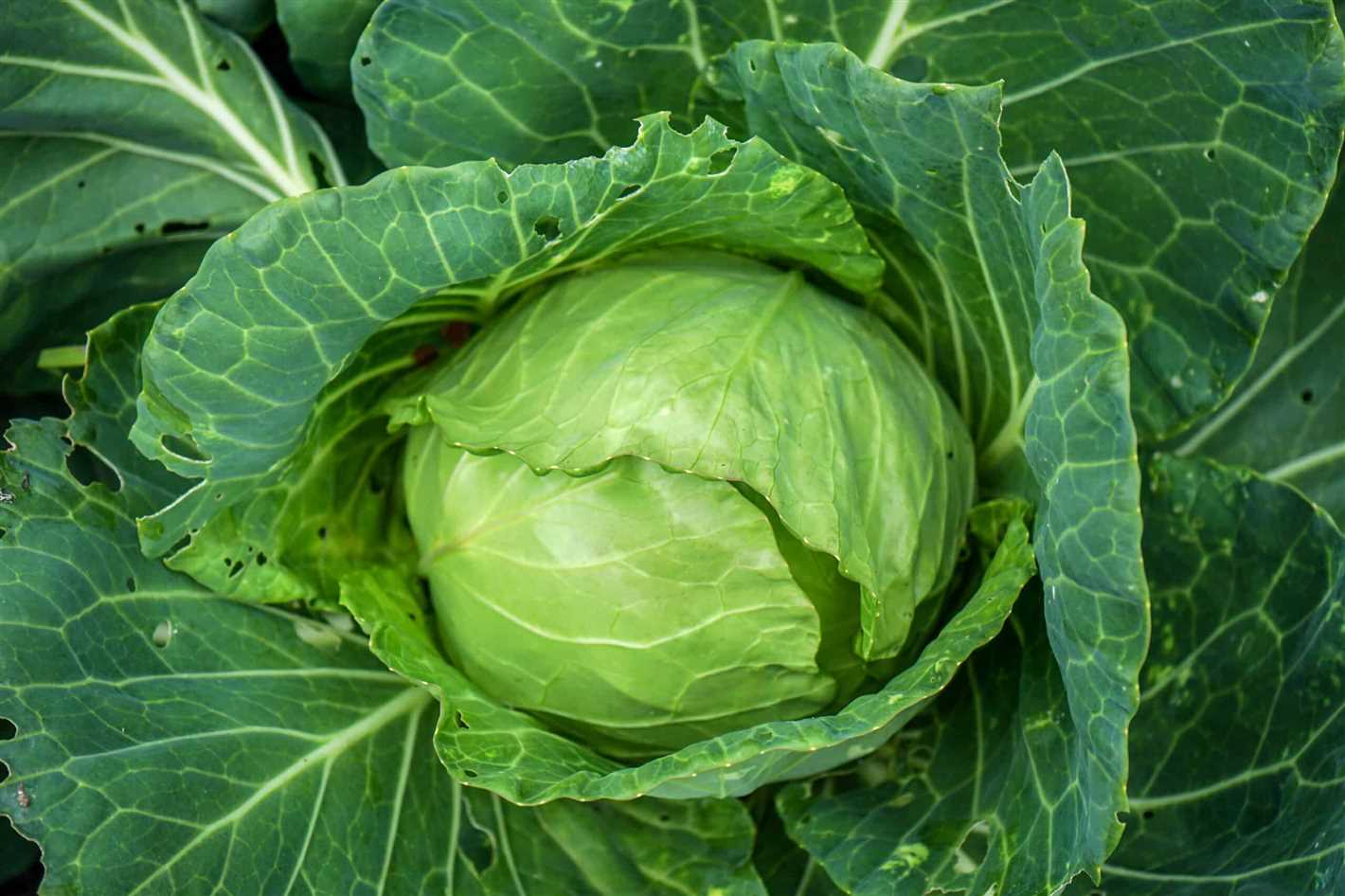
Before planting cabbage, it is important to test the soil to determine its nutrient composition and pH level. This can be done using a soil testing kit or by sending a soil sample to a laboratory for analysis. The results will help you determine the necessary amendments for your soil.
2. Soil Amendments
Based on the soil test results, you may need to amend the soil to provide the necessary nutrients for cabbage growth. Common soil amendments for cabbage include adding compost, aged manure, or organic matter to improve the soil’s fertility and texture.
3. Fertilization
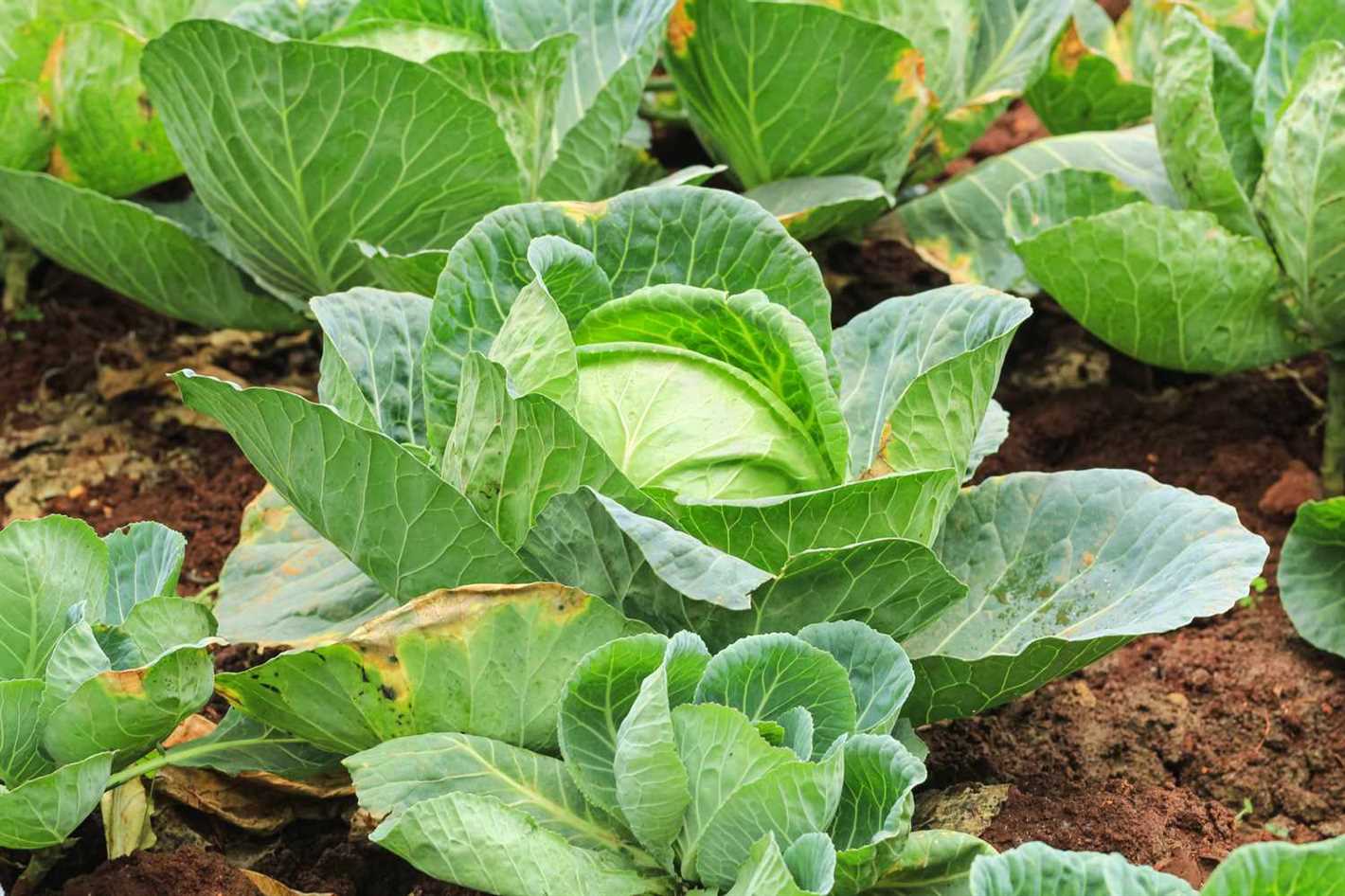
In addition to soil amendments, cabbage plants require regular fertilization to ensure healthy growth. Prior to planting, incorporate a balanced slow-release fertilizer into the soil according to the package instructions. This will provide a steady supply of nutrients throughout the growing season.
During the growing season, it is important to continue fertilizing cabbage plants. Use a nitrogen-rich fertilizer every 3-4 weeks to promote leafy growth. Avoid over-fertilizing, as it can lead to excessive leafy growth at the expense of cabbage head development.
4. Mulching
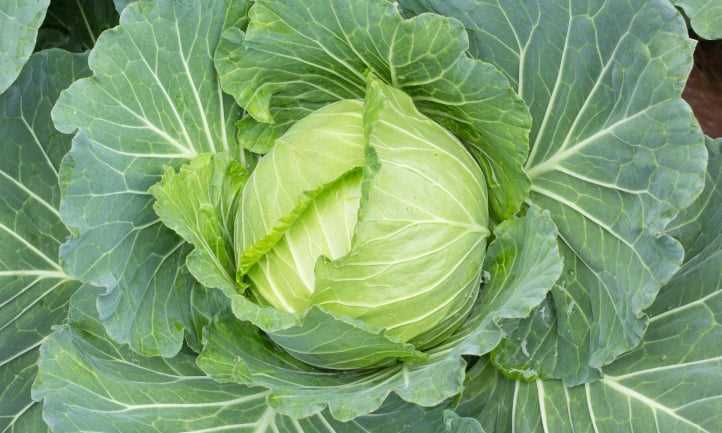
Mulching is another important step in preparing the soil for cabbage planting. Apply a layer of organic mulch, such as straw or shredded leaves, around the cabbage plants to help retain moisture, suppress weed growth, and maintain a consistent soil temperature.
5. Watering
Proper watering is essential for the growth of cabbage plants. Ensure that the soil is consistently moist but not waterlogged. Water deeply and evenly, focusing on the root zone of the plants. Avoid overhead watering, as it can promote the spread of diseases.
6. Crop Rotation
To prevent the buildup of pests and diseases, it is important to practice crop rotation. Avoid planting cabbage in the same location for consecutive years. Instead, rotate cabbage with other crops, such as legumes, that have different nutrient needs. This will help maintain soil health and minimize the risk of pests and diseases.
7. Weed Control
Weed control is essential for cabbage plants as weeds can compete for nutrients and water. Regularly remove weeds from the cabbage bed, taking care not to disturb the shallow roots of the plants. Mulching can also help suppress weed growth.
By properly preparing the soil and providing the necessary nutrients, you can ensure a successful cabbage crop that is healthy and bountiful. Follow these steps and enjoy a thriving cabbage garden!
Choosing the Right Cabbage Variety: Considerations and Best Options
When it comes to choosing the right cabbage variety for your garden, there are several important factors to consider. The success of your cabbage crop depends on selecting a variety that is well-suited to your climate, growing conditions, and personal preferences. Here are some key considerations and the best cabbage varieties to try:
Climate Considerations
Cabbage is a cool-season crop that prefers cool temperatures and moist soil. However, different cabbage varieties have different temperature preferences, so it’s essential to choose a variety that is suitable for your climate.
- Early-season varieties: These cabbage varieties mature quickly and tolerate cooler temperatures. They are excellent choices for regions with short growing seasons or areas that experience early frosts.
- Mid-season varieties: These cabbage varieties mature in mid-summer and can tolerate warmer temperatures than early-season varieties. They are suitable for regions with moderate climates.
- Late-season varieties: These cabbage varieties take longer to mature and can withstand colder temperatures. They are ideal for regions with long growing seasons or areas with mild winters.
Growing Conditions
Consider the growing conditions in your garden, such as the amount of sunlight, soil type, and moisture levels. These factors can influence the performance of different cabbage varieties.
- Sunlight requirements: Most cabbage varieties require full sun, which means at least six hours of direct sunlight per day. However, some varieties can tolerate partial shade, making them suitable for gardens with limited sun exposure.
- Soil type: Cabbage prefers well-drained soil rich in organic matter. However, some varieties are more tolerant of specific soil types, such as heavy clay or sandy soil.
- Moisture needs: Cabbage needs consistently moist soil, especially during the growing season. Some varieties have higher water requirements than others, so consider your garden’s water availability and irrigation capabilities.
Best Cabbage Varieties
Here are some of the best cabbage varieties to consider:
| Variety | Maturity | Climate | Description |
|---|---|---|---|
| Early Jersey Wakefield | 65-70 days | Early-season | A classic heirloom variety with pointed heads and excellent flavor. |
| Golden Acre | 70-80 days | Mid-season | A popular cabbage variety with round, solid heads and a mild flavor. |
| Savoy | 85-95 days | Late-season | A wrinkled-leaved cabbage with a delicate, buttery flavor. |
| Napa (Chinese) Cabbage | 70-80 days | Mid-season | An elongated variety with crinkled leaves and a mild, sweet taste. |
These are just a few examples of the many cabbage varieties available. Take into account your specific growing conditions and preferences when selecting the right cabbage variety for your garden. Happy cabbage growing!
Sowing Cabbage Seeds: Timing and Techniques
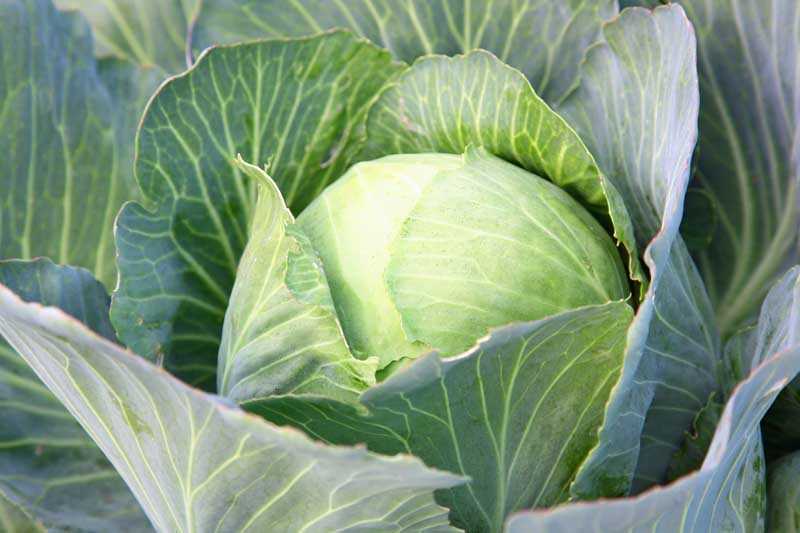
Cabbage is a cool-season crop that requires careful timing for successful germination and growth. Start by selecting the appropriate variety of cabbage seeds based on your desired harvest time and local climate.
Timing
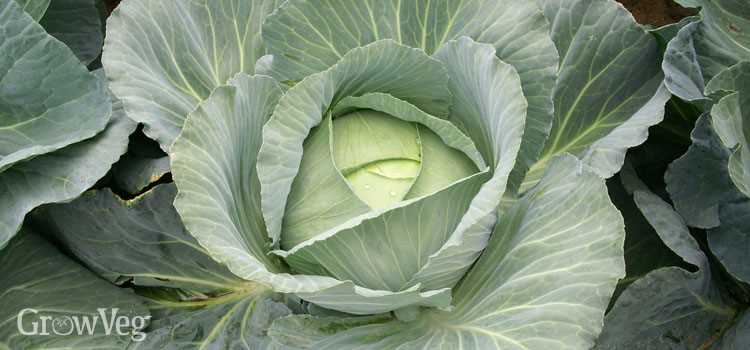
The timing of sowing cabbage seeds depends on whether you plan to transplant seedlings or directly sow in the ground. Here are the general guidelines:
- If you plan to transplant seedlings, start sowing cabbage seeds indoors about 6-8 weeks before the last frost date in your area. This will give the seedlings a head start and ensure a timely harvest.
- If you prefer to directly sow cabbage seeds in the ground, wait until the soil temperature reaches around 45°F (7°C) in early spring for an early harvest, or in late summer for a fall crop.
Techniques
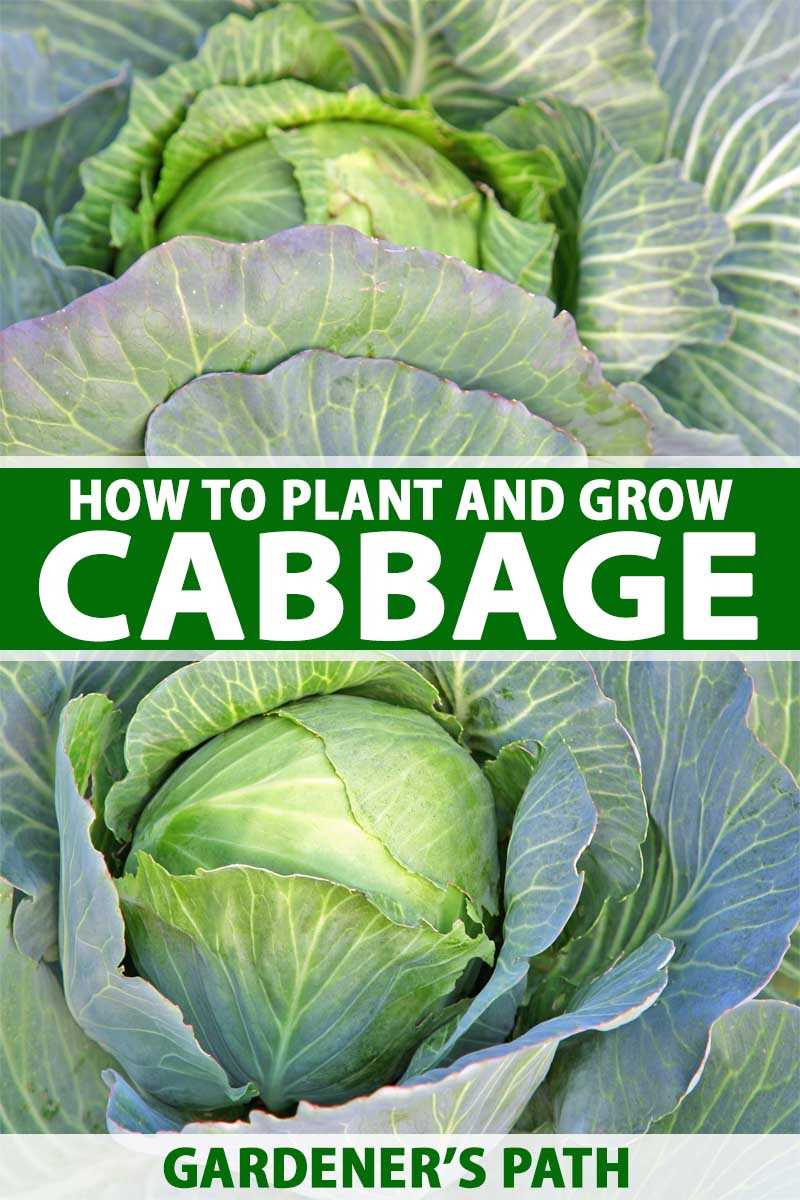
Follow these techniques for sowing cabbage seeds to ensure optimal germination and growth:
- Prepare the soil by removing any weeds, rocks, or debris. Loosen the soil and incorporate organic matter to improve drainage and fertility.
- Create furrows in the prepared soil, spaced about 1 foot apart. The depth of the furrows should be approximately 1/4 to 1/2 inch.
- Sow the cabbage seeds thinly along the furrows, ensuring a spacing of about 2-3 inches between seeds. Gently cover the seeds with soil, being careful not to bury them too deep.
- Water the soil gently immediately after sowing to ensure good seed-to-soil contact.
- Keep the soil consistently moist but not waterlogged during the germination period, which usually takes about 7-10 days. Use a misting nozzle or watering can with a fine rose attachment to water the seedlings to avoid dislodging or damaging them.
- After the seedlings have developed their first true leaves, thin them to about 10-12 inches apart to ensure proper air circulation and room for growth.
By following these timing and sowing techniques, you can increase your chances of growing a bountiful cabbage crop. Remember to monitor your cabbage plants for pests and provide them with appropriate care throughout the growing season.
Starting Cabbage Transplants: Tips for Healthy Seedlings
Starting cabbage transplants is an essential step in growing a bountiful cabbage crop. Healthy seedlings will lead to strong, productive plants that can withstand pests and diseases. Here are some important tips to ensure your cabbage seedlings get off to a healthy start:
1. Choose the Right Variety
When selecting cabbage transplants, choose a variety that is well-suited to your climate and growing conditions. Consider factors such as heat tolerance, disease resistance, and maturity date. There are many different cabbage varieties available, so research and choose the one that best fits your needs.
2. Use High-Quality Seeds
Start with high-quality cabbage seeds to ensure strong and healthy transplants. Look for seeds that are fresh, properly stored, and from a reputable supplier. Avoid using old or damaged seeds, as they may have low germination rates.
3. Start Early
Cabbage transplants need to be started early to give them enough time to grow before transplanting them into the garden. Start cabbage seeds indoors about 6-8 weeks before the last frost date for your area. This will allow the seedlings to reach a suitable size and be ready for transplanting when the weather is warmer.
4. Provide Adequate Light
Cabbage seedlings require adequate light to grow strong and healthy. Place them in a sunny location, such as a south-facing window or under grow lights. If using artificial lights, keep them on for 14-16 hours a day to simulate natural sunlight.
5. Keep the Soil Moist
Make sure to keep the soil consistently moist during the germination and seedling stages. Water the seedlings gently to prevent disturbing the delicate roots. Use a spray bottle or a watering can with a fine rose to avoid overwatering.
6. Harden Off Seedlings
Before transplanting the cabbage seedlings into the garden, they need to be hardened off. This process helps them acclimate to outdoor conditions gradually. Start by placing the seedlings outdoors for a few hours a day in a sheltered location, gradually increasing the time and exposure to wind and sunlight over the course of a week.
7. Transplant at the Right Time
Transplant the cabbage seedlings into the garden when they are 4-6 weeks old and have developed a strong root system and a few sets of leaves. Choose a cloudy day or transplant in the late afternoon to minimize stress on the young plants.
By following these tips, you can ensure the healthy growth of your cabbage seedlings and set the stage for a successful cabbage harvest.
Planting Cabbage: Location, Spacing, and Watering
When it comes to planting cabbage, choosing the right location is crucial for the success of your crop. Cabbage plants thrive in full sun, so find a spot in your garden that receives at least 6 hours of direct sunlight per day.
The soil should be well-draining and rich in organic matter. Prior to planting, prepare the soil by incorporating compost or well-rotted manure. This will provide essential nutrients for the cabbage plants.
When it comes to spacing, cabbage plants require enough room to grow and develop their heads. The recommended spacing between plants is approximately 18 to 24 inches (45 to 60 cm). This allows for proper air circulation and reduces the risk of diseases.
If you’re planting multiple rows, make sure to have a distance of at least 24 to 36 inches (60 to 90 cm) between each row. This provides enough space for you to walk between the rows and tend to the plants.
Watering is a critical aspect of growing cabbage. Cabbage plants need consistent moisture to develop healthy heads. Water the plants regularly, ensuring that the soil remains evenly moist. Avoid overwatering, as this can lead to root rot and other problems.
It’s important to mention that cabbage plants are heavy feeders. To support their growth, it’s beneficial to apply a balanced fertilizer, high in nitrogen, before planting. This will provide the necessary nutrients for healthy foliage and head development.
Cabbage Crop Maintenance: Weeding, Mulching, and Thinning
Maintaining a healthy cabbage crop requires regular attention to weeding, mulching, and thinning. These practices help to control weeds, conserve moisture, and provide adequate spacing for the cabbage plants to grow.
Weeding
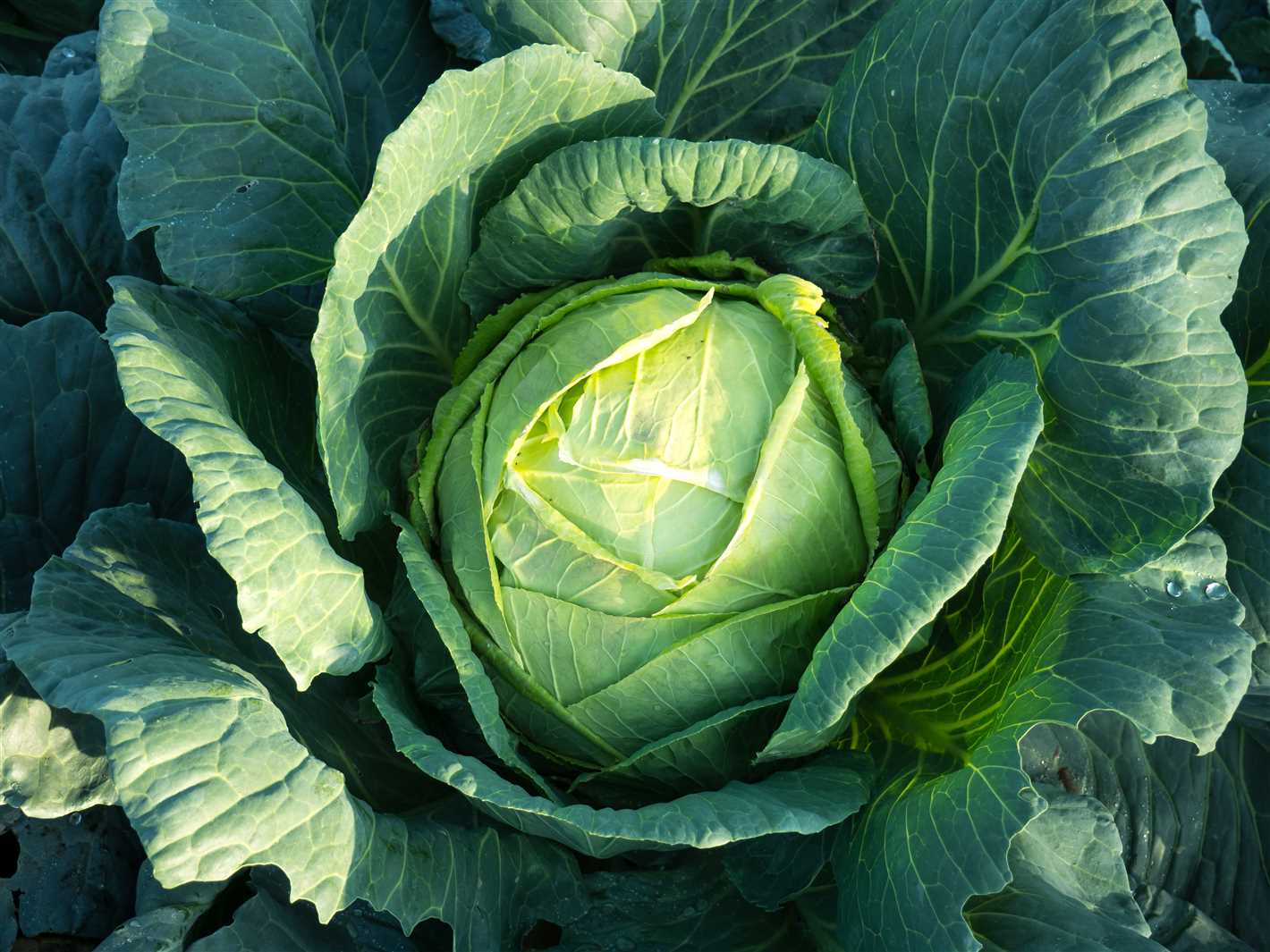
Weeding is an essential part of cabbage crop maintenance. Weeds compete with cabbage plants for nutrients, water, and sunlight, reducing their growth and productivity. Regularly inspect your cabbage patch and remove any weeds by hand pulling or using a hoe. Take care not to damage the cabbage plants while weeding.
Mulching
Mulching is an effective technique to suppress weed growth, retain soil moisture, and regulate soil temperature. After the cabbage plants have established themselves, apply a layer of organic mulch, such as straw or shredded leaves, around the plants. This will help to smother weeds and keep the soil moist. Make sure to leave an open space around the base of each plant to prevent rot.
Thinning
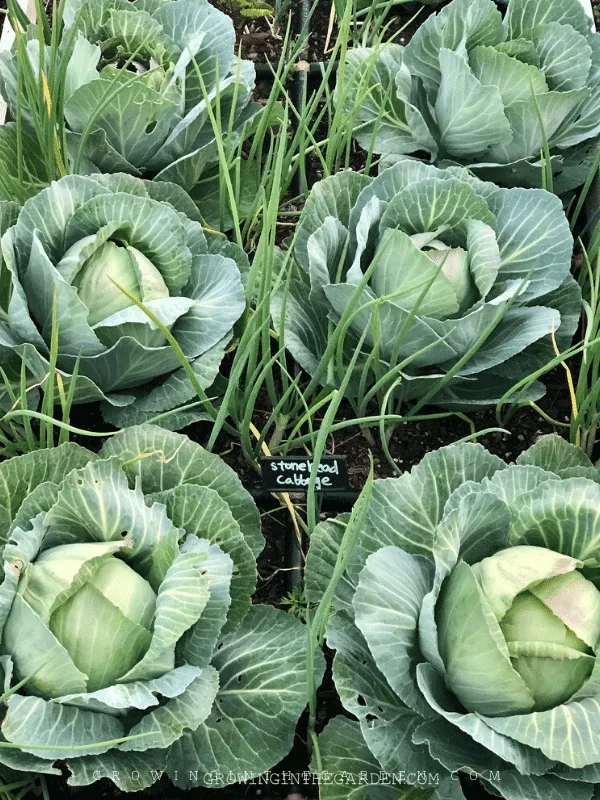
Thinning is necessary when cabbage plants become overcrowded. Proper spacing allows each plant to receive sufficient sunlight and air circulation, which helps prevent diseases and promotes healthy growth. Thinning can be done when the plants are around 4 inches tall. Carefully remove the weakest seedlings or transplant them to another location, leaving 12-24 inches between each cabbage plant.
To ensure a bountiful cabbage crop, regular maintenance is crucial. By staying on top of weeding, mulching, and thinning, you’ll create an optimal environment for your cabbage plants to thrive and produce high-quality heads.
Protecting Cabbage from Pests and Diseases: Prevention and Natural Remedies
Cabbage crops are susceptible to a variety of pests and diseases that can significantly reduce their yield and quality. However, with proper prevention techniques and the use of natural remedies, you can protect your cabbage plants and ensure a bountiful harvest.
Pest Prevention:
1. Crop rotation: Avoid planting cabbage in the same location year after year. Rotate your crops to different areas of your garden to reduce the risk of pest buildup.
2. Clean cultivation: Remove any plant debris or weeds from the cabbage patch to eliminate potential breeding grounds for pests.
3. Barrier methods: Create barriers around your cabbage plants using nets or row covers to prevent insects from accessing the leaves and causing damage.
4. Companion planting: Plant companion plants, such as marigolds or onions, near your cabbage plants to repel pests.
5. Monitor regularly: Keep an eye on your cabbage plants for any signs of pest infestation. Early detection can help prevent spreading and minimize the damage.
Natural Remedies:
1. Insecticidal soap: Spraying your cabbage plants with a solution of insecticidal soap can help control pests like aphids, cabbage worms, and flea beetles.
2. Neem oil: Neem oil is an organic pesticide that can be used to combat a range of cabbage pests. Dilute it according to the instructions on the packaging and apply it to your plants.
3. Bacillus thuringiensis (Bt): Bt is a natural bacterium that specifically targets cabbage worms and other caterpillars. It can be applied as a spray to protect your cabbage plants.
4. Homemade remedies: Some homemade remedies, like garlic or chili pepper spray, can deter pests from your cabbage plants. Mix minced garlic or chili peppers with water and strain the mixture before applying it to the leaves.
Disease Prevention:
1. Proper spacing: Ensure adequate spacing between cabbage plants to allow for good air circulation. This helps prevent the spread of fungal diseases.
2. Water management: Avoid overwatering your cabbage plants, as excess moisture can lead to the development of fungal diseases. Water at the base of the plant, avoiding wetting the leaves.
3. Remove infected plants: If you notice any signs of disease, promptly remove and dispose of the affected cabbage plants to prevent the spread to healthy plants.
4. Disease-resistant varieties: Choose cabbage varieties that are known to be resistant to common diseases in your area. This can help minimize the risk of infection.
5. Sanitation: Keep your garden clean and free from debris to reduce the likelihood of disease outbreaks.
By following these preventive measures and utilizing natural remedies, you can protect your cabbage crops from pests and diseases, ensuring a successful and bountiful harvest.
Harvesting Cabbage: Signs of Readiness and Storage Tips
Harvesting cabbage at the right time is crucial for its taste and texture. Here are some signs to look for to determine when your cabbage is ready to be harvested:
- Size: Mature cabbage heads are usually medium to large in size, with a diameter of about 6-8 inches. This may vary depending on the variety of cabbage you are growing.
- Firmness: Gently squeeze the cabbage head to check its firmness. It should feel solid and dense, indicating that it is fully developed.
- Color: The outer leaves of the cabbage head should have a vibrant and uniform color, whether it is green, red, or white, depending on the variety.
- Weight: A mature cabbage head will feel heavy in your hand. The weight indicates that it is filled with moisture and nutrients.
Once you’ve determined that your cabbage is ready to be harvested, follow these tips to ensure proper storage:
- Cut: Use a sharp knife to cut the cabbage head off the stalk, leaving a few inches of the stem attached to the head. This will help prolong its storage life.
- Storage Location: Store your harvested cabbage in a cool, dry, and dark place, such as a cellar or refrigerator. The ideal temperature for cabbage storage is between 32-40 degrees Fahrenheit (0-4 degrees Celsius).
- Storage Method: Cabbage can be stored in a variety of ways. You can either store the whole head or separate the leaves and store them individually. If storing the whole head, remove any loose or damaged outer leaves before storing.
- Container: Place the cabbage heads or leaves in a breathable container, such as a mesh bag or a cardboard box lined with newspaper. Avoid using plastic bags, as they can trap moisture and cause rot.
- Check Regularly: Periodically inspect your stored cabbage for any signs of decay or damage. Remove any spoiled heads or leaves immediately to prevent the spread of rot.
By following these harvesting and storage tips, you can enjoy your homegrown cabbage for an extended period of time while retaining its freshness and flavor.
“Question-Answer”
What are the different types of cabbage that can be grown?
There are many different types of cabbage that can be grown, including green cabbage, red cabbage, Savoy cabbage, and Napa cabbage.
What is the best time to start preparing the soil for planting cabbage?
The best time to start preparing the soil for planting cabbage is in the fall, about 4 to 6 weeks before the first expected frost date.
How should I prepare the soil for planting cabbage?
To prepare the soil for planting cabbage, you should begin by removing any weeds and rocks from the area. Then, you can amend the soil with compost or well-rotted manure to improve fertility and drainage.
When should I start sowing cabbage seeds?
You should start sowing cabbage seeds indoors about 6 to 8 weeks before the last expected frost date in your area.
How deep should I plant cabbage seedlings?
Cabbage seedlings should be planted about 1/4 to 1/2 inch deep in the soil.
How far apart should I space cabbage plants?
Cabbage plants should be spaced about 12 to 24 inches apart, depending on the variety.
What are some common pests that can affect cabbage plants?
Some common pests that can affect cabbage plants include cabbage loopers, aphids, and cabbage worms.







